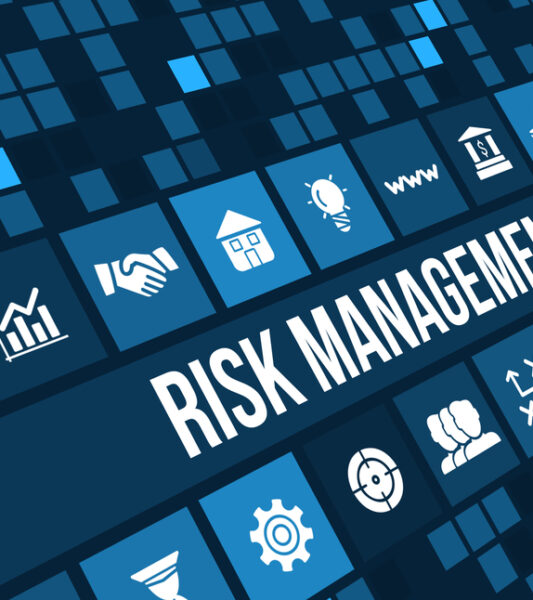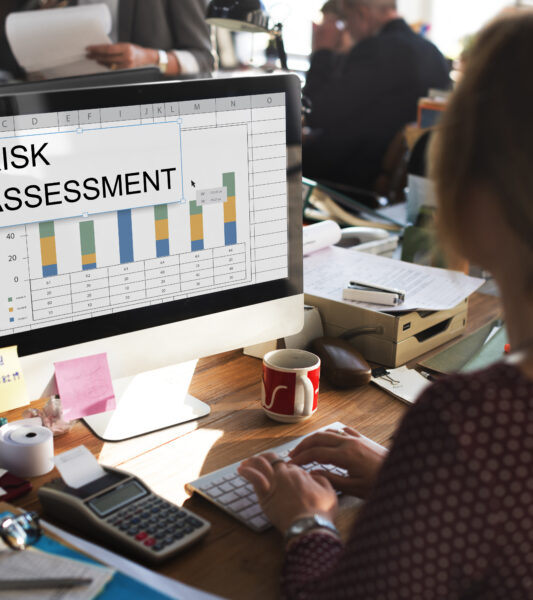Resources
Risk-Based Compliance
Stay ahead of financial crimes with risk-based compliance. Learn how AML professionals can foster a risk-aware culture,...

AML Residual Risk
AML residual risk continues to pose a persistent threat, requiring vigilant efforts to mitigate its impact. Delve...

De-risking Strategy
Learn about de-risking strategy and how it helps financial institutions manage risks, streamline operations, and stay compliant...

Money Laundering Risk Indicator (MLRI)
Discover how the Money Laundering Risk Indicator (MLRI) enhances risk assessment, resource allocation, compliance, and detection of...

Risk Appetite Statement
In the complex world of Anti-Money Laundering (AML), managing risks is not a choice but a necessity....

Compliance Risk Matrix: AML Professional Guide
In the dynamic world of Anti-Money Laundering (AML) regulations, staying ahead of compliance risks is crucial for...

Know Your Employee in AML World
Enhance your AML compliance and risk management efforts with robust Know Your Employee (KYE) practices. Discover the...

Regulatory Change Management in AML
Stay ahead of regulatory changes in AML. Our guide empowers AML professionals to effectively manage regulatory updates,...
Watchlist Screening
In this edition, we will explore the significance of watchlist screening, its definition, practical examples, statistics, and...

Risk Appetite Framework
This dictionary guide delves into risk appetite frameworks, which are essential tools for AML professionals to define...
